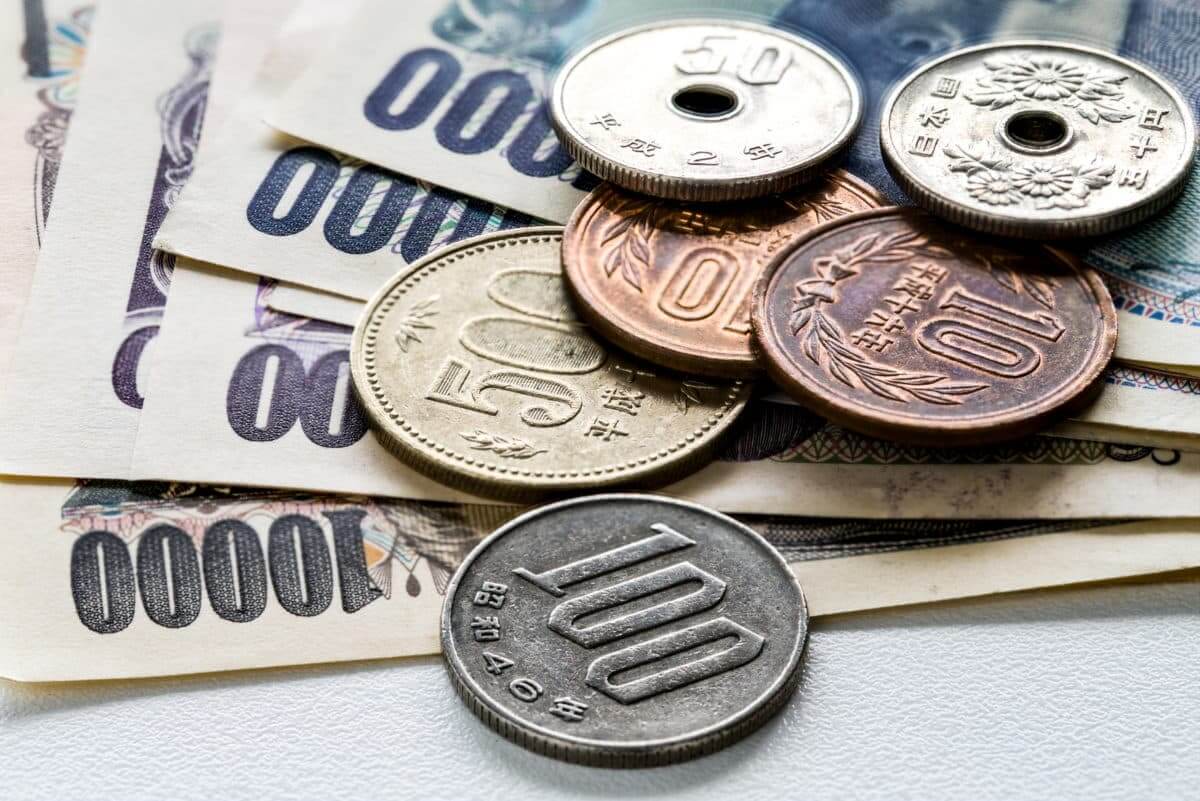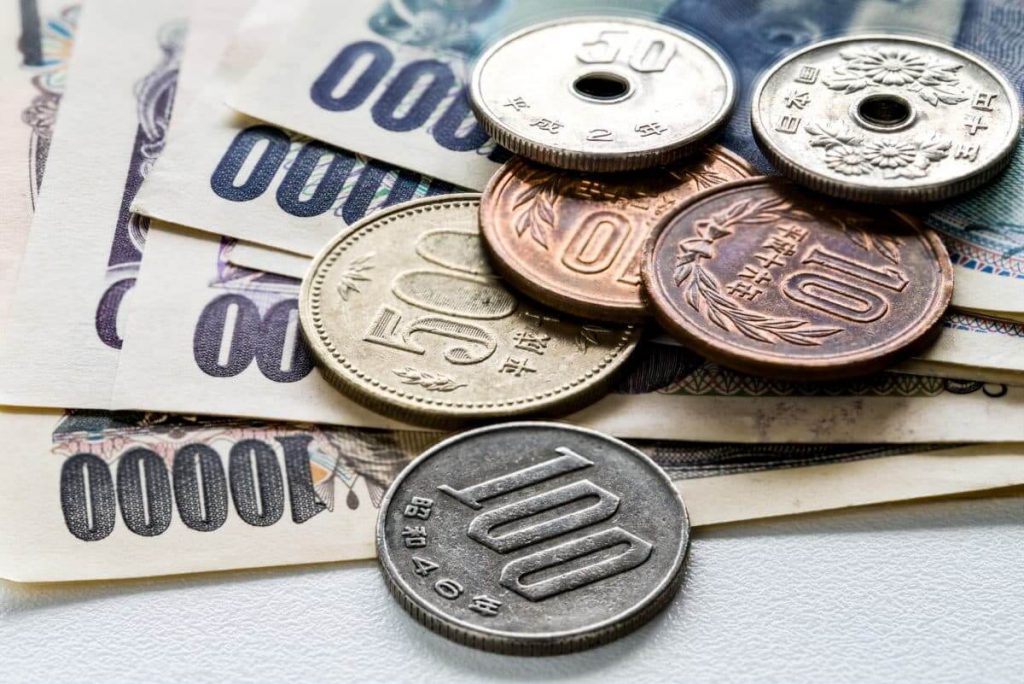
EURUSD and GBPUSD: Slight bullish indication
- During the Asian trading session, the euro strengthened against the dollar.
- During the Asian trading session, the pound was stagnant against the dollar with a slight bullish indication.
- Retail sales in the UK fell in May as high living costs lifted consumer sentiment to record lows and affected household consumption in grocery stores, data showed on Friday.
EURUSD chart analysis
During the Asian trading session, the euro strengthened against the dollar. Yesterday we tested the 1.05000 level once again, after which we saw a smaller bullish impulse that was stopped at the 1.05500 level. Friday is the last day of the trading week, so that we can expect reduced volatility in the market. For the bullish option, we need a new positive consolidation and a return above the 1.05500 level. After that, the pair could try to climb again and maintain at 1.06000 level. Breaking the euro above would open up potential targets of 1.06500 and 1.07000 levels. We need negative consolidation and pullback to the 1.05000 zone for the bearish option. The break of the euro below this zone could mean the continuation of the euro’s weakness and the withdrawal to the lower levels of support. Potential lower targets are 1.04500 and 1.04000 levels.
GBPUSD chart analysis
During the Asian trading session, the pound was stagnant against the dollar with a slight bullish indication. The movement took place around 1.22500, and as the European session started, the pound started progressing towards the 1.23000 level. For the bullish option, we need a break above 1.23000, after which we could expect the pair to continue towards the 1.24000 resistance zone. For the bearish option, we need negative consolidation and pullback to the 1.22000 support zone. Breaking the pounds below would take us back into negative territory. With such increased bearish pressure, the pair could drop to 1.21000 or 1.20000 support levels.
Market overview
UK Retail Sales
Retail sales in the UK fell in May as high living costs lifted consumer sentiment to record lows and affected household consumption in grocery stores, data showed on Friday.
Retail sales fell 0.5% on a monthly basis in May, reversing the revised growth of 0.4% in April, the Office for National Statistics said. Economists forecast a 0.7% drop in sales after an initially estimated increase of 1.4% in April.
Food sales fell 1.6% on a monthly basis in May as consumers reduced consumption in food stores, reflecting the impact of rising prices.
With inflation rising further in the coming months, which should put more pressure on real household incomes, retail is likely to continue to struggle, Capital Economics economist Nicholas Farr said.
The results of the Gfk market research group showed that British consumers’ confidence dropped to a new record low in June. The consumer sentiment index fell by one point to -41 from -40 in May.




